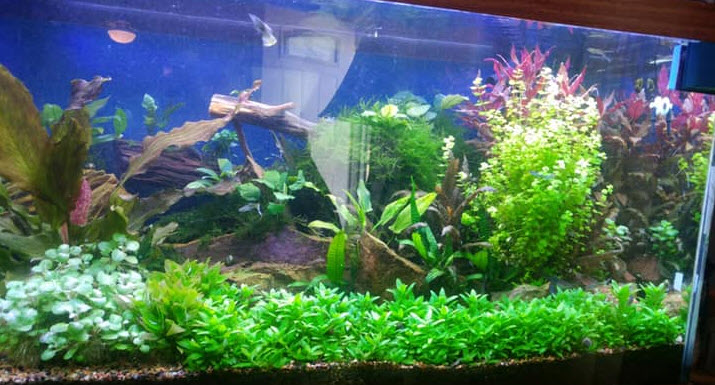
The going mantra is that tropical fish require “stability” and “constancy” of pH and temperature. Supposedly any rapid change over 0.2 pH or 2 degrees F. temperature will “shock”, “stress” and possibly kill the fish. This idea is simply a myth, one of the many myths passed down by generations of aquarium owners. It is like saying humans will get a “cold” because they expose themselves to cold. In their native environment most fish are constantly subject to rapid and large changes in water chemistry and temperature. These changes do not “shock” them.
We tested this hypothesis by very rapidly changing temperature and pH for literally hundreds of fish. We had NO problems, NONE. No fish even seemed to notice the change. For this testing and pertinent research articles which confirm the lack of sensitivity to rapid water parameter changes, go to this link:
4.8.1. Rapid Thermal and pH Changes in the Aquarium

The Origins of the Myth
Fish often die after a water change. This is typically due to due to a chlorine pulse (municipal water), low oxygen (well water), high carbon dioxide (well water), or old tank syndrome (high pH water causing a huge increase in free ammonia). Note that the chlorine pulse is very common while the others are rare.
The only two parameters we measured “way back, when” water changes became the normal, were pH and temperature. So these two parameters being different after a water change became the “obvious reason” for deaths after a water change. The fish died due to toxins (chlorine, low oxygen, carbon dioxide or ammonia) in the water, not rapid changes in pH or temperature. But we didn’t know that. And “stability” in water parameters slowly but surely became the new “mantra”. It was bad science and created one big myth.
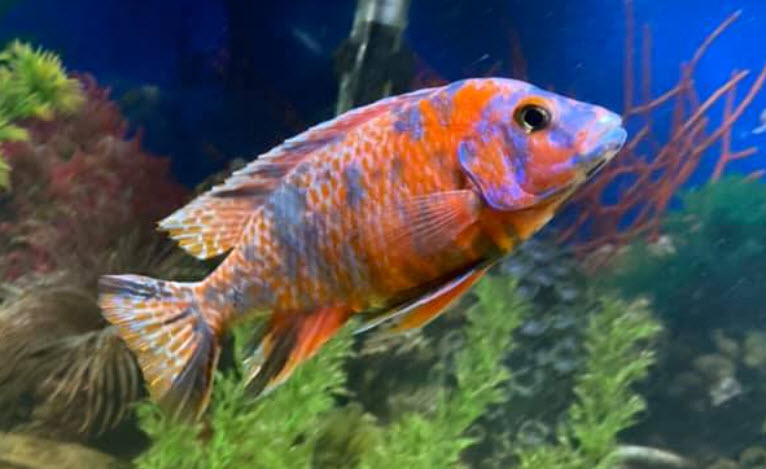
Yes, Fish Often Keel Over on Introduction to a New Aquarium
Now new fish do quite often die rapidly when put in a tank. We’ve all seen it. So it is quite natural that water parameter differences became the scape goat. And a whole false science has come about centered around properly “acclimating” new fish to their new parameters. “Replace one fourth of the water in the bag with tank water every fifteen minutes. Put the fish in the tank after one hour of gradual increases and acclimating”. All this is totally unnecessary. “Cut, Pour, Plop” will work just fine.
What actually happens when most fish rapidly die when introduced to a tank from a shipping bag is that the fish is highly stressed from the entire process. All of this stress can literally give a fish the fish equivalent of a heart attack. The death of the fish is NOT because they weren’t properly “acclimated” to the new water. Rapid changes in water chemistry and temperature DO NOT kill fish.
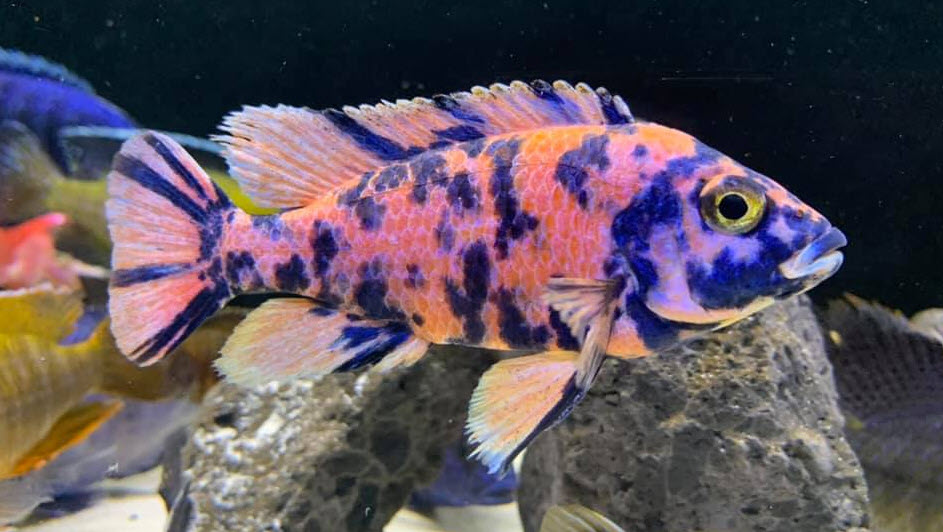
Anecdotal Experience
We avoid anecdotal evidence as unreliable. But this is one instance where I will ignore that. I’ve been keeping up to twenty tanks for over 53 years now. I have NEVER paid very close attention to water parameters when doing a water change. I often do 90 to 95% water changes in tanks at 78 to 81 degree water with tap water that is 65 to 70 degrees. I’ve NEVER had fish deaths. That is a 8 to 16 degree swing in temperature and probably equally large relative shifts in pH.
One commenter to this website works for a local fish store. They have temperature mixing valves for doing water changes. As usual, these valves frequently malfunction and some very cold water ends up going in the tank (try like 50 degree water!). They’ve never had a loss of fish.
And I have never “acclimated” new fish. I have always used the “cut, pour, plop” method of introducing new fish to the aquarium. Now I have had new fish die rapidly on me but there are dozens of possible causes. Based on my testing and a host of reference articles (see link above) the unbagging process was not one of the reasons for the deaths.
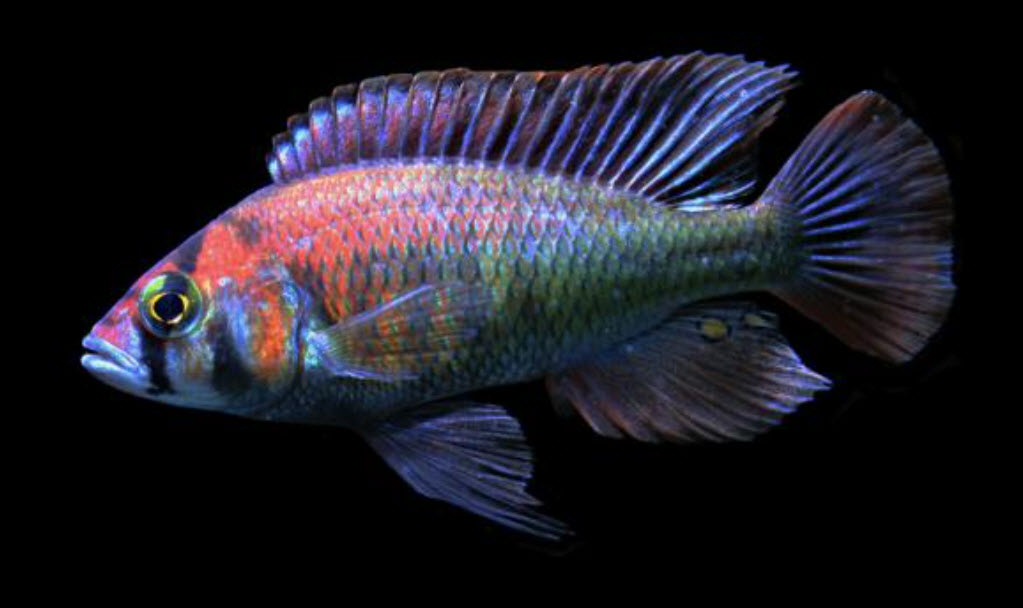
Normally being cautious about pH and temperature changes does no harm and isn’t a problem (other than causing totally unneeded stress to newcomers to the hobby). But it becomes a problem when it is used as a reason for keeping fish in an aquarium filled with a poison. If a hobbyist finds a problem with very high ammonia or nitrite level, they should correct it immediately and rapidly.
A hobbyist shouldn’t leave their fish in poison filled water, they should do a 90 to 99% water change. We don’t drag humans “gradually” out of a carbon monoxide filled house. And there are no chemicals which “neutralize” ammonia or nitrite, that is profit motivated marketing hype.
Note this course of action is supported by the un-bagging procedure recommended by most experts, namely “cut, pour, plop”. This procedure takes fish from what is typically a very acid water to a more neutral or even alkaline water and what is sometimes a much different temperature very suddenly and it does the fish no harm.
For more information on how to unbag a fish go to this link:
4.9. Unbagging Fish
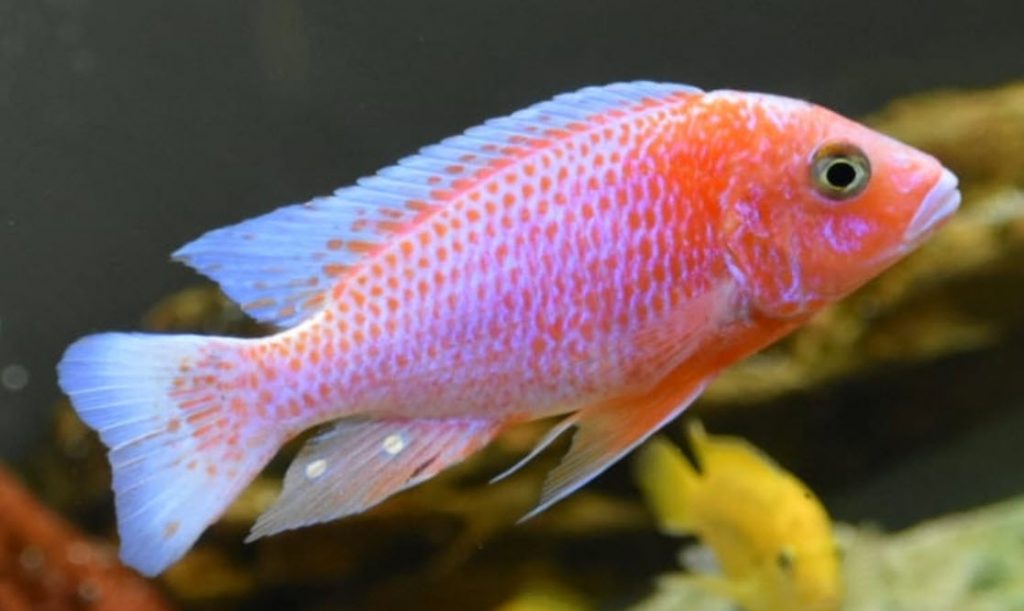
Another piece of anecdotal evidence comes from a breeder of tropical fish, Sawyer Custom Aquatics: “I’ve had my ponds go from 70 to 90 throughout the day and had zero issues or losses, and I’ve got 40 + tanks outside breeding different fish“.
Note that there is one caveat here. Temperatures below 65 degrees F can be deadly for tropical fish. I have had fatalities from that happening when doing a water change in Connecticut where the water temperature in the pipes in winter can be VERY cold.
The Lack of Importance of Stability in More Depth
For personal testing and university scientific research which confirms the lack of sensitivity to rapid water parameter changes in considerable depth, go to this link:
4.8.1. Rapid Thermal and pH Changes in the Aquarium
.
Return to Temperature, pH, KH and GH
.
Aquarium Science Website
The chapters shown below or on the right side in maroon lead to close to 400 articles on all aspects of keeping a freshwater aquarium. These articles have NO links to profit making sites and are thus unbiased in their recommendations, unlike all the for-profit sites you will find with Google. Bookmark and browse!
.

Patrick says
Scott Santagata et al, Effect of osmotic shock as a management strategy to reduce transfers of non-indigenous species among low-salinity ports by ships
Feng Tang et al, Using osmotic shock to control invasive aquatic species
All the papers I have seen that discuss osmotic shock are talking about salinity, but minerals also have an effect on osmosis. However, I haven’t see any studies on the matter, which prompted my question. Mineral concentrations (measured in ppm) are usually much lower than salinity (measured in ppt), so maybe that is why hardness is not a concern with osmotic shock?
Dave says
In reply to Patrick ….. I have been unable to find ANY papers identifying “osmotic shock is a real phenomenon observed in fish”. Please steer me to the citations you are using to make that statement.
Patrick says
Hi Dave, osmotic shock is a real phenomenon observed in fish and some people cite it as a reason for avoiding large water changes. I didn’t see any mention of this. Do we know what magnitude of GH changes would actually cause shock? Is it too large to matter for aquarium water changes?
Hannah says
Thank you so much for answering my question, Dave!
Dave says
In reply to Hannah ….. You can do either one of two things: try another heater as your heater seems to be defective or you can just let the room temperature determine the tank temperature. Fluctuations of 65 to 85 in a day are no problem for any fish.
Hannah says
Hello Dave!
Our home is generally around 72-75 this time of year in the daytime but at night our home cools to 65-70. I tried using a heater for the fish, but it’s exceeding 82 degrees at the end of the day (should be automatically regulating & seemed to do this better when indoor temps were between 60-69).
Would fluctuations like this, from 65-75 in a day, if normally occurring, be harmful to the fish? In case it matters, we have just 2 kinds of fish right now: platies and a betta.